5 steps to creating the perfect layered kick drum
For the ultimate bass drum sound, layering is an essential technique. Learn how to do it right here
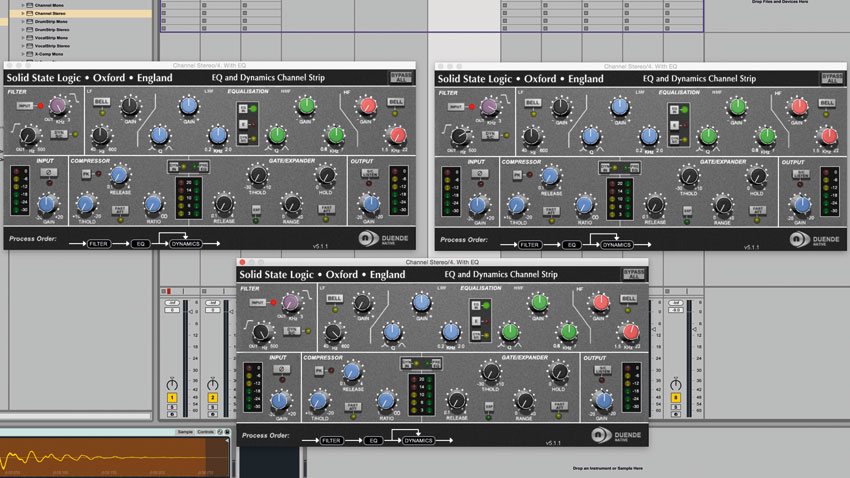
Why use one kick drum when you can use two… or three! By layering multiple kicks, either from disparate sources or similar ones, the best qualities of each can be merged into a bass drum sound that's greater than the sum of its parts.
In this tutorial, we'll show you how select, combine, tune and process three separate layers in order to create a massive hybrid kick for use in an electronic or dance track.
You can get your eyes round plenty more kick drum production advice in the full Kick & Bass Power feature in the July edition of Computer Music (CM231).
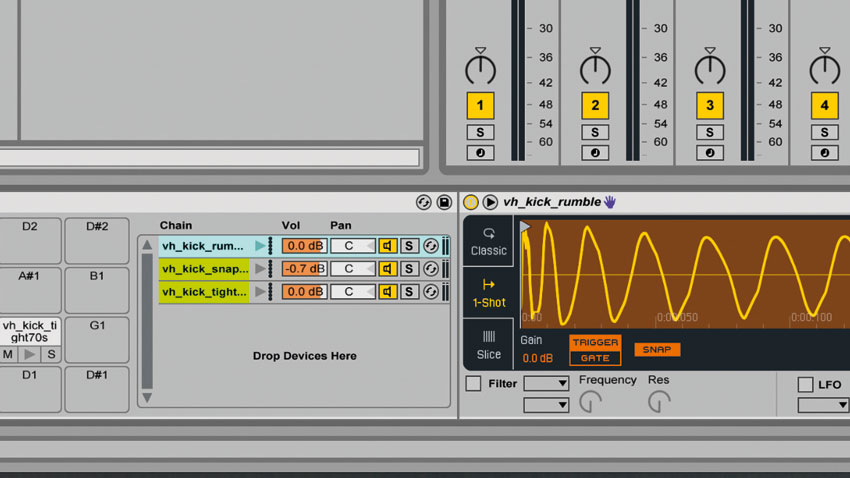
Step 1: The key to successful kick layering lies in careful selection of two or three sounds that work well together - any more is probably overkill. Each one should contribute something different: one might supply low-end oomph, another the treble crack, and perhaps a third for mid-range character (sampled real kick drums are great for this). We've layered three such kicks using a Drum Rack in Live, although you can do the same in your own sampler.
Raw kicks solo then together
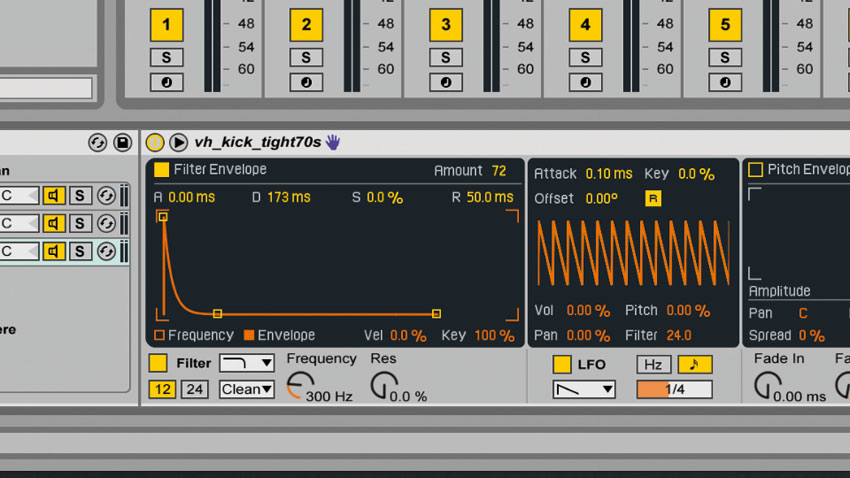
Step 2: A sampler's low-pass filter can be used to remove excessive noise and unwanted top-end reverb 'air' from sampled kicks. Begin by lowering the cutoff until the unwanted noise is removed. Apply a filter envelope with 0ms Attack, Sustain and Release, then raise the envelope modulation Amount and Decay until the crack of the kick cuts through before the filter drops, removing unwanted noise.
Clean kicks solo then together
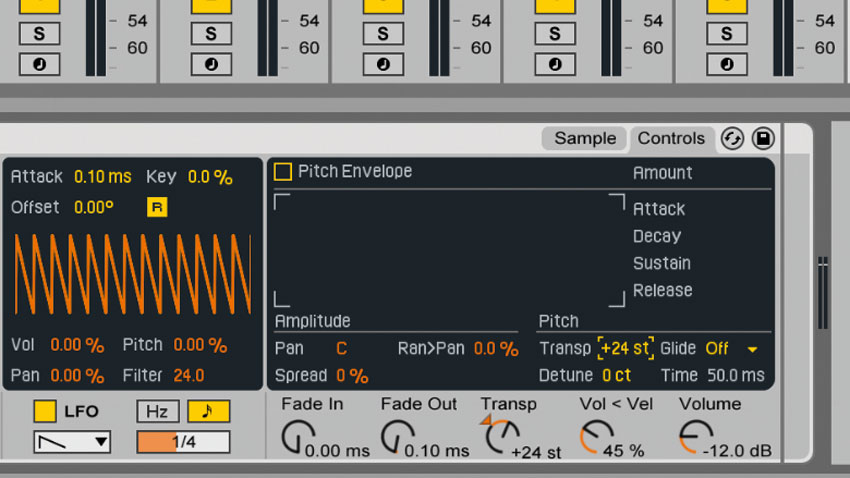
Step 3: Tuning your kick sounds to fit each other will help them sit together as one cohesive kick. We Transpose them all up two octaves (24 semitones) until we can hear them playing identifiable notes. We then pick one and tune the others to match it before tuning them all back down 24 semitones.
Up two octaves - solo then layered
Up two octaves then individually tuned
Individually tuned then back down two octaves

Step 4: It's often a good idea to EQ each kick layer to isolate the elements it was chosen for. This helps avoid frequency overlap, which could potentially cause muddiness and phase cancellation. We can use EQ and high-/low-pass filtering to isolate the part of each that we want: first, we roll off the top end on our beefy deep kick, high-pass the snappy transient layer, and roll off some top and bottom from the mid kick.
Get the MusicRadar Newsletter
Want all the hottest music and gear news, reviews, deals, features and more, direct to your inbox? Sign up here.
Individually EQed - solo then layered
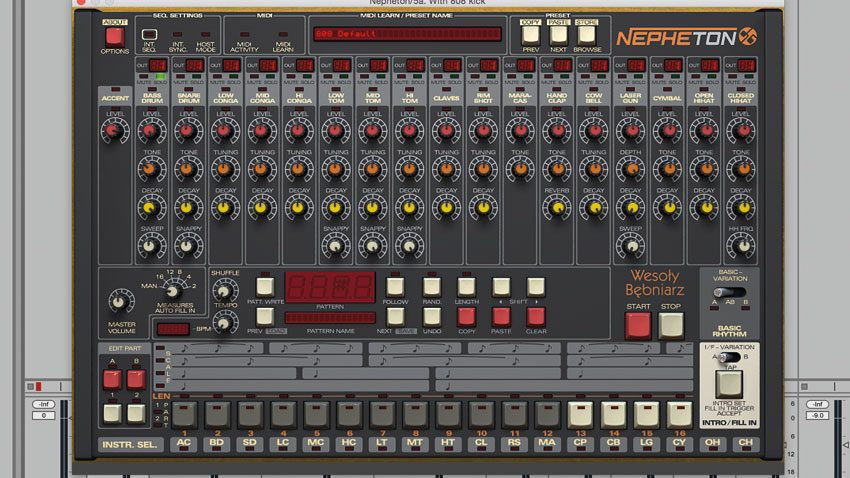
Step 5: An alternative to low kick samples is a synthesised kick drum. 808 kicks work great but can be a little tricky to accurately tune, so we get ours sounding roughly how we want, render it to audio, then load it into a sampler to tune it. It's often a good idea to EQ and compress such kicks separately (before or during layering), as they tend to be more unruly than kicks sampled from other tracks.
With raw 808 bass drum as low layer
With raw resampled, tuned and EQed 808 bass drum
Computer Music magazine is the world’s best selling publication dedicated solely to making great music with your Mac or PC computer. Each issue it brings its lucky readers the best in cutting-edge tutorials, need-to-know, expert software reviews and even all the tools you actually need to make great music today, courtesy of our legendary CM Plugin Suite.










